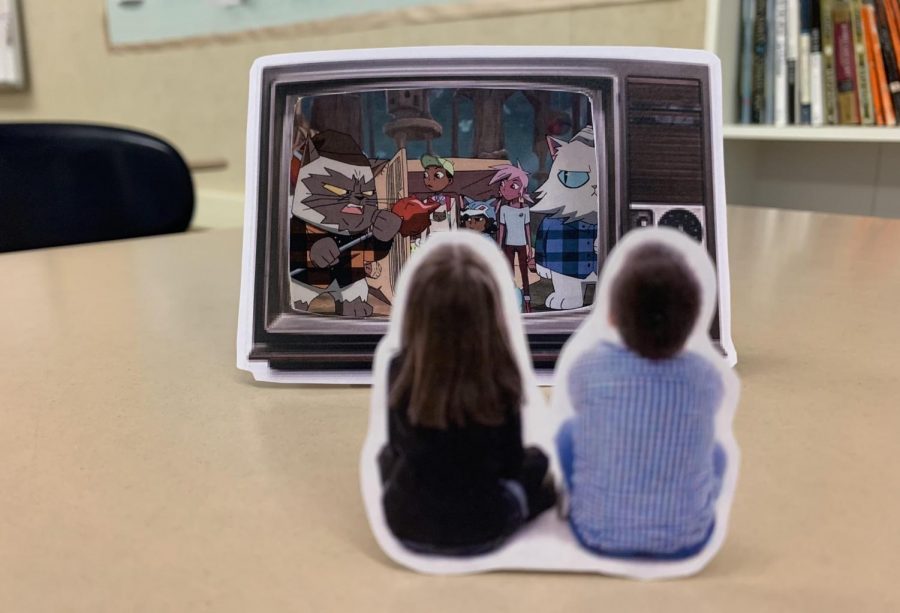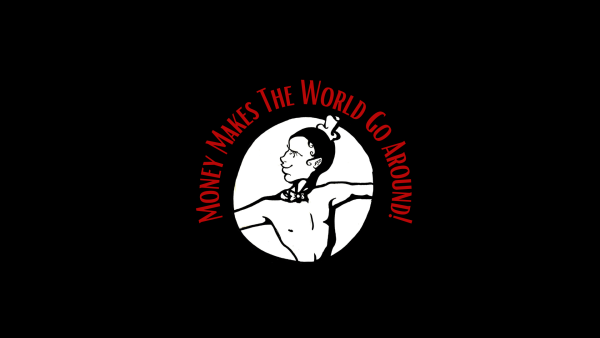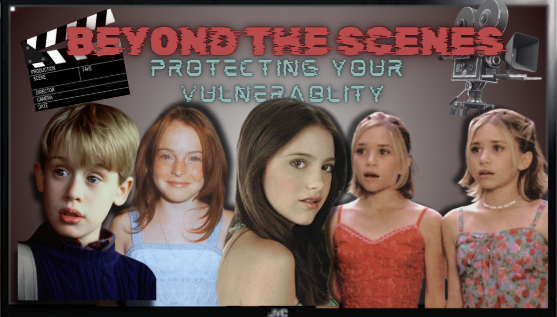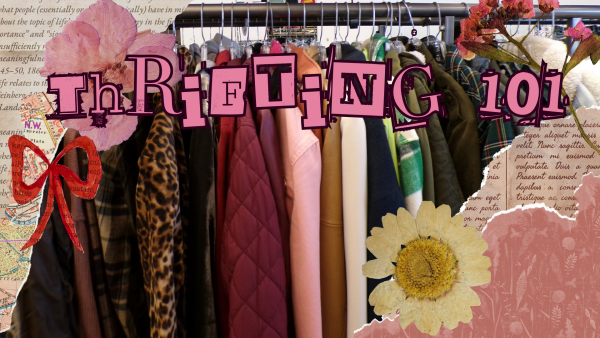Cartoons Are Getting A Little Too Real These Days
Image cut-out of two children watching a cartoon on a television.
Animated movies for kids today are a stark contrast to the childhood animated movies for kids twenty years ago. Formerly, animation predominantly featured stylized characters nonchalantly bending the rules of reality with exaggerated movements and charm. Nowadays, animated movies are as grounded in reality as possible, while still incorporating fantastic elements, making it almost seem as though these cartoony figures are off gallivanting in the real world.
This shift from 2D animated media to increasingly realistic CGI (Computer Generated Imaging) was pioneered by Pixar’s Toy Story (1995), which was the first feature-length computer-animated film. This kickstarted a movement of CGI animated movies, as various studios (Disney, Pixar, Dreamworks, etc.) raced to develop their technology to be able to produce the most realistic images possible. Since then, there has been great improvement in fluidity and authenticity in movies.
The technology has developed to a point where animation can feasibly generate imaginary creatures (such as Thanos from Marvel’s Endgame in 2019) and make them believable enough for the audience to disregard suspension of disbelief when seeing them alongside real actors. Disney flaunts their advancements in particular with The Lion King (2019), promoting it as “live-action” even though the film is made almost entirely with CGI.
Despite the capacity for a broader range of animated feature films, Disney, Pixar, and Dreamworks have placed a greater focus on producing CGI movies. Disney especially has upped their game when it comes to realism in animated movies, particularly when showcasing animated water. However, the degree of accuracy becomes rather off-putting when juxtaposing the lifelike surroundings to the bug-eyed, cartoony characters. This is best illustrated in the following clip from Frozen 2 (2019):
While these advancements are impressive, the push for realism has effectively disregarded the creative potential for animated films as a whole. Big-ticket animated films these days are either mostly sequels or formulaic stories that dismiss experimentation. In fact, among the 2020 Golden Globe nominees for Best Animated Motion Picture were Toy Story 4, How To Train Your Dragon 3, and The Lion King —all 2019 sequels or remakes.
There are some exceptions to this abysmal trend, of course. Sony’s Spider-Man: Into the Spider-Verse (2018) redefined comic book movies with its playful application of color and split-frame shots, as well as its stylistic choice of a 12-frame rate (as opposed to the standard 24) to give movement a certain crispness. With its release in December 2018, Spider-Man: Into the Spider-Verse was a reminder to the world that animation—especially hand-drawn (2D) animation—is a powerful medium with the ability to tell stories in ways live-action films cannot.
Similarly, Netflix’s Klaus (2019)—a new Christmas classic following the origin of Santa Claus—revives hand-drawn animation beautifully. It captures all the charming elements of Disney’s older masterpieces while also maintaining a modern influence. Featuring clean, sweeping movements and liberally colorized scenery, Klaus embodies the idea that animation is a medium-full of untapped potential—potential that is wasted when limiting the definition of improvement to simply being “more realistic.”
In spite of this limitation in theatrical animated productions, we are currently in the midst of a sort of “Golden Age” for serialized cartoons. Cartoon Network’s Adventure Time, a staple of many of the current generation’s childhoods and first airing in 2010, demonstrates animation’s ability to be both childish and mature. Steven Universe (2013) relays a coming-of-age story featuring themes of war and responsibility against a soft pastel backdrop and catchy tunes. The Dragon Prince (2018), She-Ra and the Princesses of Power (2018), and Kipo and the Age of Wonderbeasts (2020)—all currently available on Netflix—showcase animation’s diversity and storytelling abilities.
There are worlds to explore, and animation is the means by which we uncover them.
Your donation will support the student journalists of Huntington Beach High School. Your contribution will allow us to cover our annual website hosting costs.
Thank you for supporting our program!







